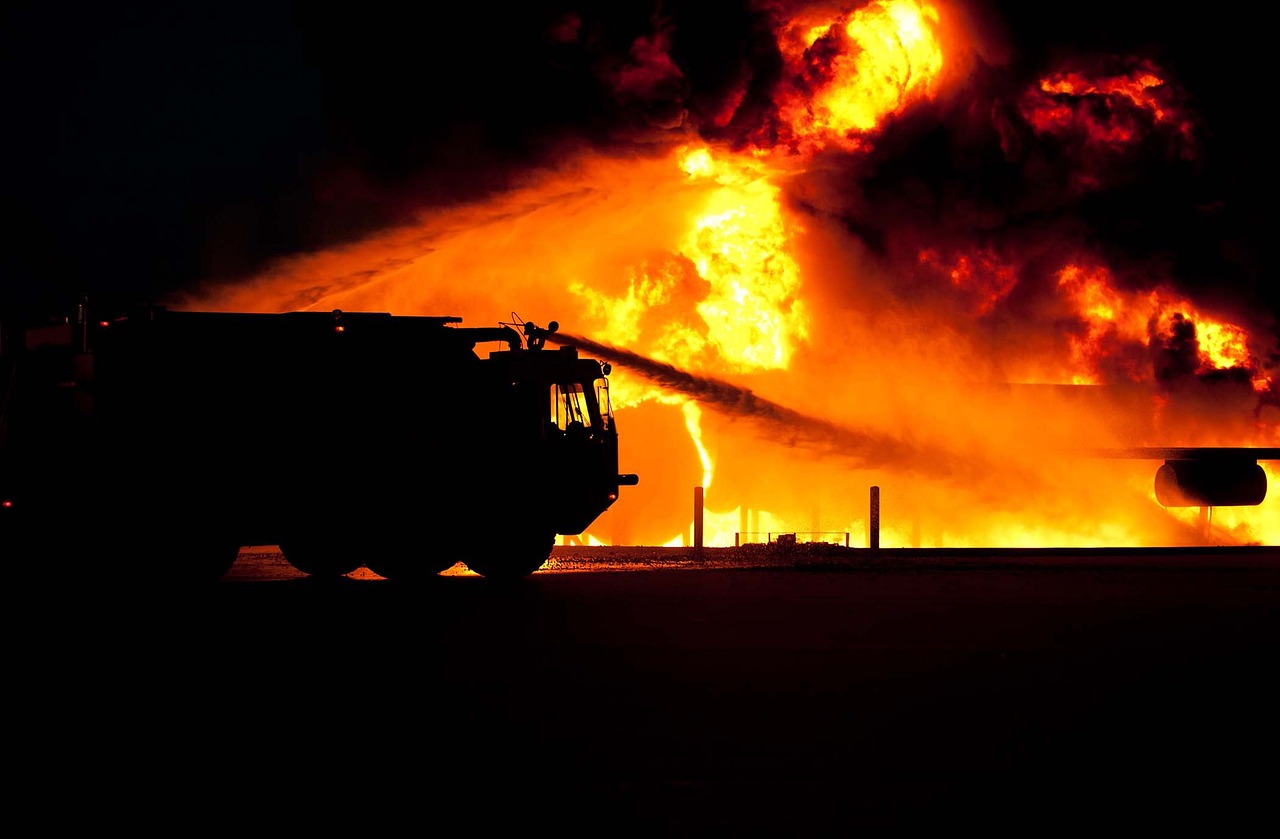The wildfires that began in Lahaina, Maui, Hawaii, in early August, have now left over a hundred dead. As the situation unfolds, conversations about climate continue among everyday people and academics alike. One of those individuals is Cheryl Thompson, a professor of geology at Sinclair College.
“When we talk about climate, we’re talking about everything involved with it,” she told The Clarion, referring to the mix of factors that can lead to disasters such as that in Lahaina, including weather patterns and vegetation.
At the time the fire started, there was a high-pressure system above the islands and a hurricane developing below, creating an environment that Thompson said was a recipe for a “firestorm.”
Fires can start both on the ground and in the trees – also known as canopy fires – where they tend to be more intense and dangerous. They can move more quickly with what Thompson says is a “steep wind gradient.”
According to Thompson, part of standard fire prevention in the state of California is for electricity to be powered off during high winds. Additionally, state parks across the country have regulations in place to limit potential hazards, like bonfires.
Thompson witnessed the 1988 fire in Yellowstone National Park, which occurred during a drought year. This occurrence, too, was the result of a drastic change in weather. She said that these changes are worth questioning. Will there be a short-term or long-term change?
“The situation has to be set up” for major fires, Thompson said. Flat terrain versus mountainous areas may lend themselves to different outcomes. However, she says that, even in Ohio where wildfires are not as common, people need to “know that it’s possible.”
With this knowledge comes planning for the worst, including developing an emergency kit and plan for evacuation. Thompson said that individuals and families should leave the area when they are told – being aware that there may be little to no time.
The National Weather Service (NWS), which has an office in Wilmington, operates “red flag warnings” in circumstances where a fire is possible. Although rare within our state, it is something Thompson says we should always pay attention to.
Communities should also be conscious of the potential for fires and know what to do when one does start, Thompson said. For example, where is water to subdue the fires located?
Taking action when situations become dire is important – but it is also vital that we take steps to ensure they do not get to that point. Thompson said that common things like throwing cigarettes on the ground or lighting fireworks can have disastrous consequences if not done carefully. Be aware of both your surroundings and your own contributions to the environment.
Carly Webster
Staff Writer

